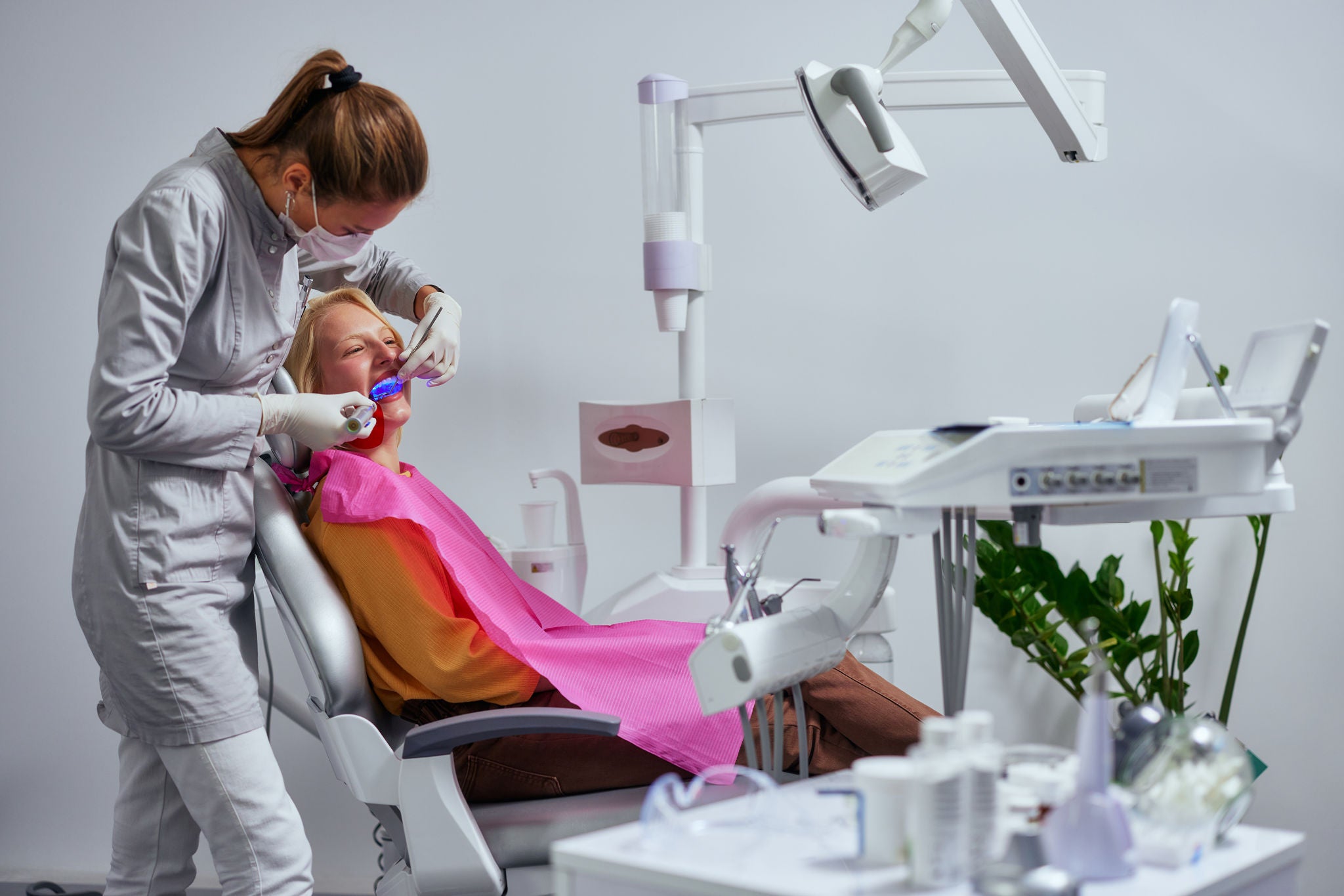
What to Know About New EFP Guidance Around Advanced Periodontitis
The goal of any dental professional and their patient is to prevent periodontal disease and especially to prevent it from reaching the later stages.

However, despite our best efforts, many people around the world still suffer from the condition’s more harmful effects: it is estimated that, as of 2019, approximately 1.1 billion people worldwide had severe periodontitis (stages III and IV), making it the most common chronic inflammatory non-communicable disease.
Helping navigate this challenging oral health scenario is a key focus for dentists and periodontists around the globe, which is why the publication of new guidelines around the clinical treatment of stage IV periodontitis is very much noteworthy.
Treating periodontitis: EFP guidelines
In 2020, the European Federation of Periodontology (EFP) published the first ever evidence-based treatment guidelines for periodontitis, intended to help clinicians and benefit patients as well. These guidelines applied to the first three stages of the condition (I, II, and III) in the form of four sequential yet overlapping steps.
“The rigorous and transparent process,” according to EFP, “included synthesis of relevant research in 15 specifically commissioned systematic reviews, evaluation of the quality and strength of evidence, the formulation of specific recommendations and consensus, on those recommendations, by leading experts and a broad base of stakeholders.”
While an important milestone in unifying the global clinical approach to treating and managing periodontitis in several earlier stages, the periodontal community still lacked such rigorously corroborated guidance around stage IV periodontitis – until now.
New guidelines for treating stage IV periodontitis
Stage IV is the advanced stage of periodontitis with an interdental CAL at site of greatest loss ≥5mm, with a radiographic bone loss extending to mid-third of the root and beyond, and more than five teeth lost due to periodontitis. The added complexity on top of that of the stage III includes the need for complex rehabilitation due to masticatory dysfunction, secondary occlusal trauma with a tooth mobility ≥2, severe ridge defect bite collapse, drifting, or flaring.
At EuroPerio10 congress held in June of 2022, the EFP unveiled its newly published guidelines on stage IV periodontitis therapy.
As dental professionals know, there is a broad range of complications and challenges to wrestle with at this advanced stage of periodontal disease. But despite its severity and complexity, stage IV periodontitis can be successfully managed with the combination of periodontal therapy, appropriate rehabilitation of function and improvement of aesthetics/quality of life, and supportive periodontal care.
“One of the main challenges in the management of periodontitis in stage IV is that periodontal treatment alone will not be enough,” said David Herrera, the scientific chair of EuroPerio10. “You need to work in close contact with other dental specialities to restore the lost function and manage the disease sequelae.”
Developed using the same strict and validated methodologies as the guidelines for previous periodontitis stages, this documentation is designed to foster a consistent, interdisciplinary, evidence-based approach to helping patients at this critical juncture for oral health outcomes.
The recommendations, which you can read in full here, include measures such as:
- Orthodontic tooth movement
- Tooth splinting
- Occlusal adjustment
- Tooth- or implant-supported fixed or removable dental prostheses
- Supportive periodontal care
“Prior to treatment planning, it is critically important to undertake a definitive and comprehensive diagnosis and case evaluation, obtain relevant patient information, and engage in frequent re-evaluations during and after treatment,” according to the recommendations. “The periodontal component of therapy should follow the clinical practice guideline for the treatment of periodontitis in stages I–III.”
A key priority: save the teeth
One notable aspect of these new guidelines is the clear emphasis on tooth retention. The EFP urges this as the first line of treatment strategy. If extraction can be avoided, it is advised to preserve the integrity of the dental arch. We have discussed in the past the value of saving teeth versus dental implants.
And, according to the guideline, for those patients with a compromised dentition due to stage IV periodontitis – depending on the number of periodontally maintainable, bilaterally distributed, and restorable teeth in the maxilla and/or mandible – a tooth- or implant-supported, full-arch or partial, fixed or removable dental prosthesis may be considered to replace the missing teeth. In any case, this should be accompanied with supportive periodontal and implant care prior to, throughout, and following the rehabilitation phase.


